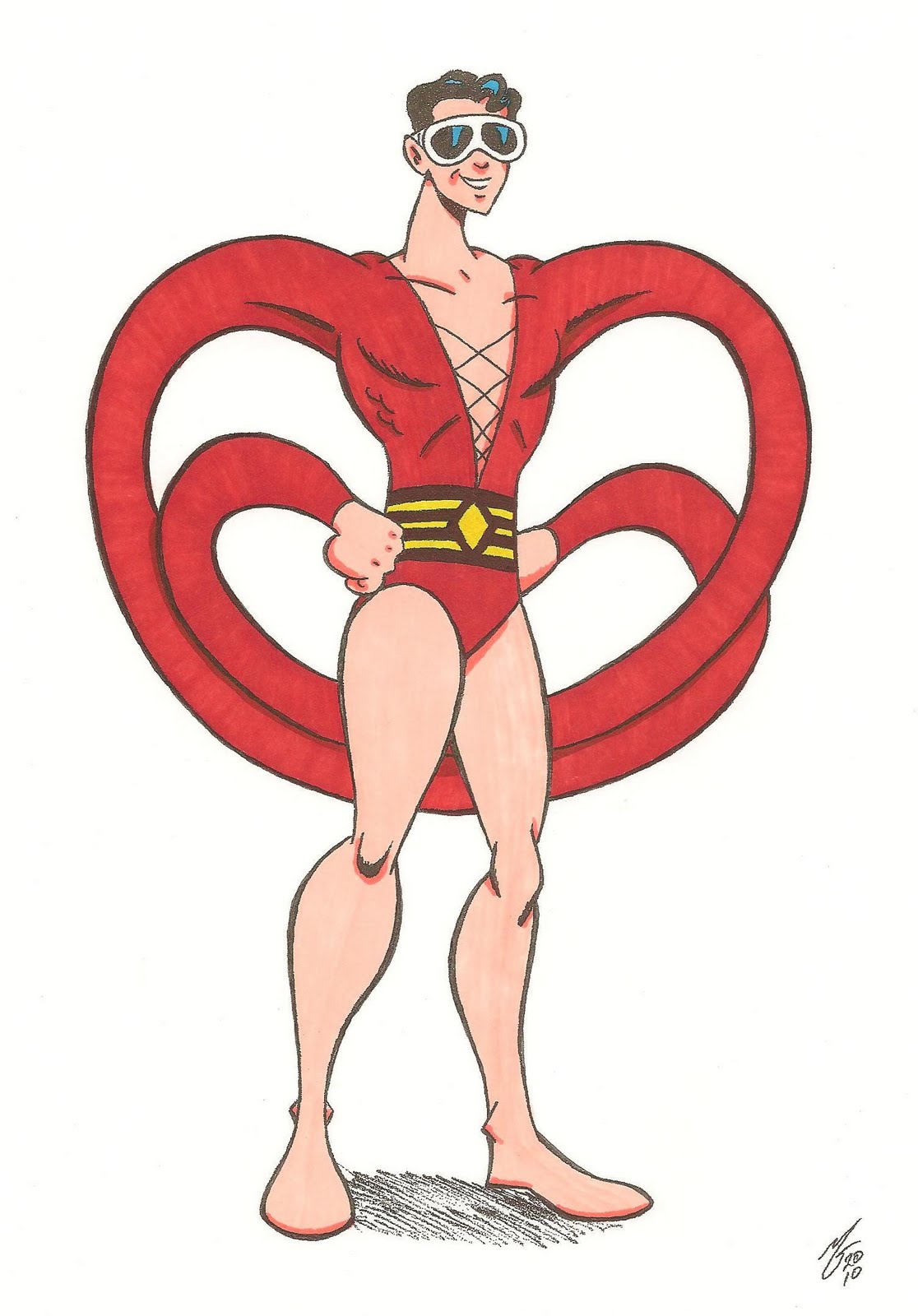I Haven’t Got Time For You To Transform Me!
"Transformational leadership occurs when one or more persons engage with others in such a way that leaders and followers raise one another to higher levels of motivation and morality."
James MacGregor Burns, Creator of Transformational Leadership
The last major leadership theory was Transformational Leadership, pioneered by James MacGregor Burns in 1978.
Yes indeed, you heard right...1978!

Transformational leadership is everything you might hope for: aspirational, motivational, and mission-driven. Its premise is that leaders must transform their followers to serve the greater good while paying attention to their individual needs and intellectual development. The theory has served us well - inspiring a shift in focus to the people side of the organizations.
However, this isn't 1978.
Let us take you back... In 1978 we were nearing the end of the Jimmy Carter presidency and Pierre Trudeau's first eleven years in office, and the beginning of the Margaret Thatcher era. Inflation was in double digits. Average monthly rent was $280 while a Sony Walkman was $200. Leg warmers, the Bee Gees, and McDonald's new happy meal were a big deal. It was 10 years before we had the internet. The Millennials now entering the workforce weren't even born yet.
Times have changed since then. In fact, work and organizations have completely changed.
-
Work is team-based
Back then, only 20% of work was done in teams. Now, it's 80%.
-
Work is complex
Today, a typical employee juggles projects, a 'regular' job that's anything but routine, customer support, consulting, mentoring, flex hours, remote work, virtual meetings, heaps of technology, and coping with multiple teams in multiple locations. Interpersonal change has become the norm not the exception.
-
Work is collaborative
Even in academia, papers now have an average of five researchers and it's not uncommon to see 20. No-one is a leader all the time. Leadership is dynamic.
-
Work is competitive
Organizations and jobs require active, engaged, creative and thoughtful followership to meet ever-increasing demands while remaining competitive.
We don't have time for anyone to transform us!
 <p>Imagine if everybody you worked for right now tried to transform you in some way. You’d have to be the comic-book superhero Plastic Man to cope with all that stretching, pulling, inspiring, and stimulating! The problem is that transformational leadership requires a fairly rigid hierarchy, a static leadership role, longevity of roles, and relatively routine work to be effective.</p>
<p>Imagine if everybody you worked for right now tried to transform you in some way. You’d have to be the comic-book superhero Plastic Man to cope with all that stretching, pulling, inspiring, and stimulating! The problem is that transformational leadership requires a fairly rigid hierarchy, a static leadership role, longevity of roles, and relatively routine work to be effective.</p>
The other problem is that with today's mindset and lens, the notion of a leader transforming us and needing to motivate us feels patronizing. It doesn't make sense for highly complex, collaborative work to ask employees to be fully engaged, creative and critical thinking partners on the one hand, but conceive of the leadership role as transformational on the other.
We need a 21st century theory of leadership - one that supports interpersonal change, one that supports collaboration, one that supports innovation and efficiency, and one that recognizes that everybody leads and needs leadership skill AND everybody follows and needs followership skill. The two roles are equal, dynamic and different.
"Followership is more important than leadership, and more difficult to do."
James MacGregor Burns, Creator of Transformational Leadership
